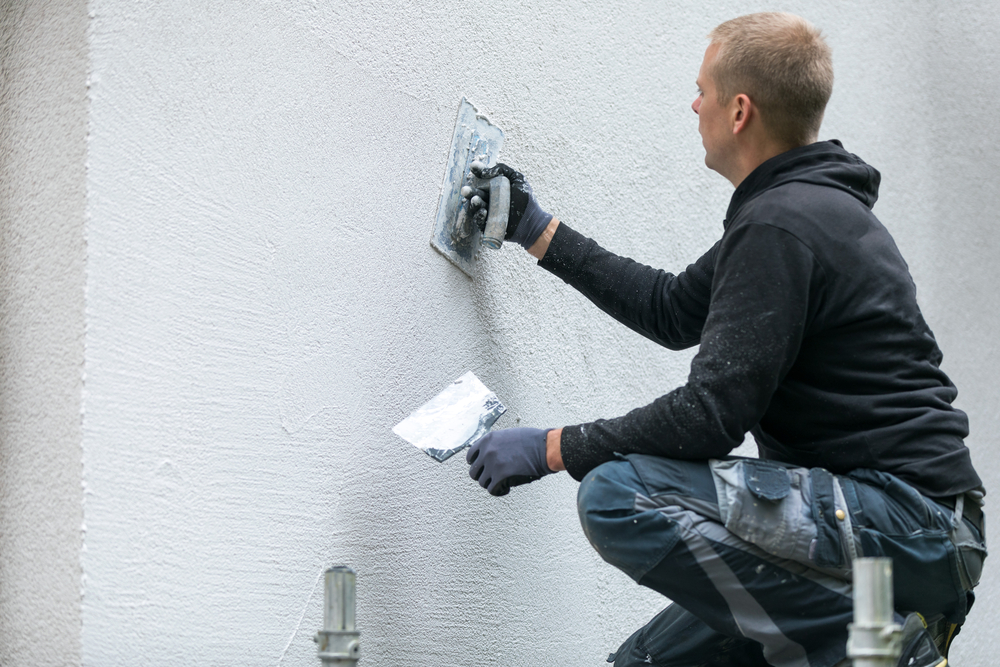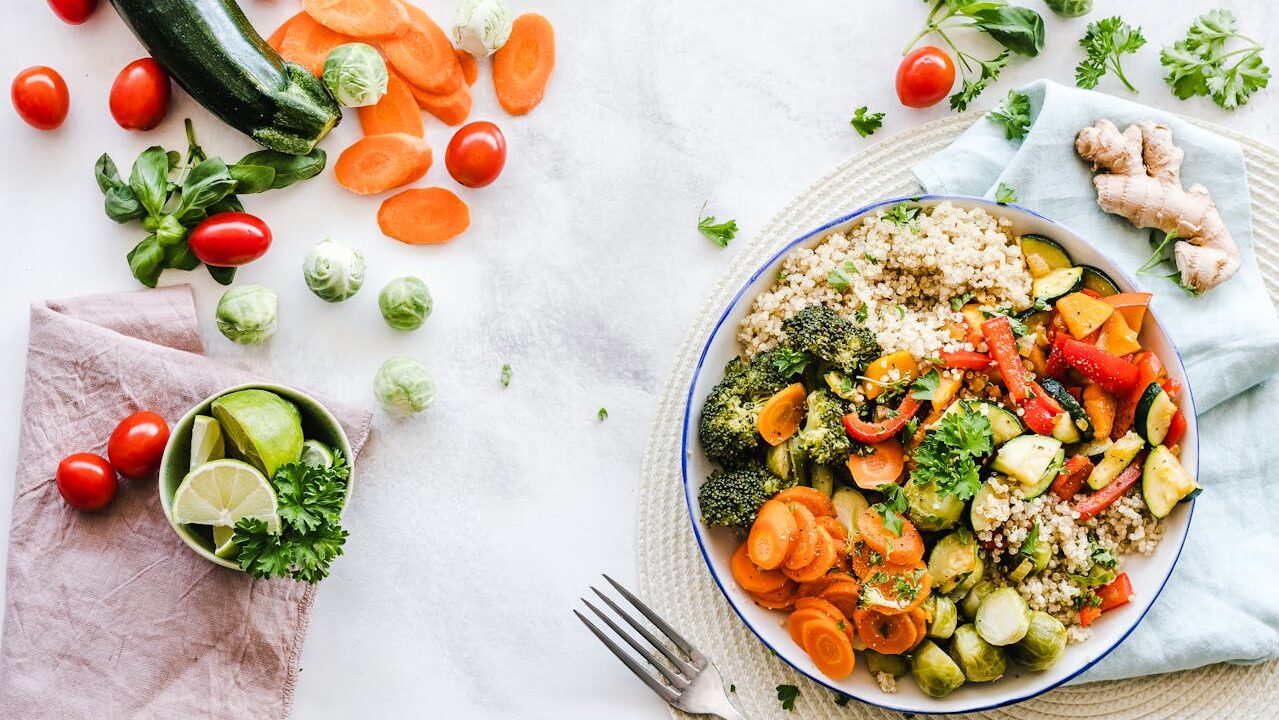
Plastering is a process in which cement mortar is applied to the masonry work in order to protect it from different weather conditions and surrounding environment. Plastering is also done to give decorative appearance to the building. The plaster must be able to bind with the masonry surface on which it is to be applied. Proper plastering all throughout the year keeps your ceilings, floors and the corner of the floors free from damp and mold. Plastering also enhances the quality of your rooms and the overall interior decoration.
Types of plasters
There are various sorts of plasters that can be applied on the exposed surface in order to protect it from environmental damage.
Lime Plaster
Lime plaster is a mixture of lime and sand in the ration of 3:1. This mixture is used for undercoat as well as finish coat. Animal hair of 5 kg is also used on the mixture to prevent it from shrinking and cracking. The main usage of this plaster is in rehabilitation and restoration. It is the most basic form, so when this form of plastering is done, you should note that it is summer time, ceilings get dried up easily, and hence monsoon will not be the best time to do plastering.
Cement Plaster
In this type of plaster, cement is mixed with a mixture of sand and water and the ration of the cement and the mixture is 1:3. The plaster has to be used for hard background so it is used as undercoat. The mixture of cement, sand and water may act as plastic so a plasticizer is used and skilled labors are used to apply this type of plaster.
Gypsum Plaster
This plaster is one of the most used plastering materials, which can be produced as a by-product or produced naturally. This plaster has replaced all the types of plasters Gypsum has the property of expanding so it prevents shrinkage and cracks on the plastered surface. There are many types of gypsum plasters that can be used for undercoat and finished coat.
Features of Plastering
Plastering is necessary to hide the masonry from exposure to weather and environment. So for that, airtight internal plastering forms high-quality coating on the bricks and background and provides the best masonry work for your home.
Some of the features of high-quality plastering are as follows:
- Airtightness
- Moisture control
- Hygroscopicity
- Moisture mass
- Thermal mass
- Sound absorption
- Fire protection
- Moisture control
Plaster permeability is needed n those areas which are prone to the effect of moisture. Here are some tips, which can be applied to control the entrance of moisture.
The ratio of cement and sand results in impermeability in such a way that it acts as a moisture barrier till 38mm.
Correct ratio of lime and sand results in impermeability of vapor.
A coat of oil on the plaster is also a good option of acting as a vapor barrier.
Hygroscopicity
The materials that have the capacity of absorbing the moisture are termed as hygroscopic. These materials also have the capability to release the moisture later.
Moisture mass
Moisture mass are those materials that have the capability of absorbing the moisture. The moisture is stored here and is released at a later time. Such materials are used in those buildings where condensation develops due to heating and cooling. The condensation can cause spores, which later grow into mould. Moisture mass absorbs this moisture and prevents the formation of spores and growth of mould.
These are some of the features of plastering which should be done on the surfaces to prevent entrance of moisture. They should be applied very carefully so skilled labor should be hired.






